Disclosure: This article contains affiliate links. We may earn a commission from purchases at no extra cost to you, which helps our travel content.
When most travelers think of photographic destinations, Kinshasa rarely makes their shortlist. That's precisely why it should be on yours. The Democratic Republic of Congo's sprawling capital offers a raw, unfiltered energy that few global metropolises can match—a photographer's paradise hiding in plain sight. As someone who's made a career out of noticing what others miss, I can tell you that Kinshasa rewards the observant eye with a visual feast: colonial architecture juxtaposed against modern developments, markets bursting with color, and faces that tell a thousand stories. My investigative background served me well here, allowing me to navigate both the physical and social landscape with the careful precision this complex city demands. This isn't a destination for the faint-hearted or the unprepared, but for those willing to look deeper, Kinshasa offers photographic opportunities that will transform your portfolio and perspective alike.
Preparing Your Gear and Mindset
Before we dive into the vibrant streets of Kinshasa, let's talk preparation—something my investigative background has taught me never to underestimate.
Kinshasa's conditions demand thoughtful equipment choices. The city's intense humidity and frequent dust can wreak havoc on sensitive gear. I travel with my weather-sealed camera, which has proven itself resilient against both the elements and the occasional jostling in crowded markets. Pair this with a versatile prime lens—I prefer a 35mm for street work here as it provides the perfect balance between environmental context and intimate portraiture.
Power outages are common, so I never venture out without at least three fully-charged batteries and a reliable power bank that can handle multiple recharges. Memory cards are non-negotiable; bring more than you think you'll need, as you'll find yourself shooting constantly.
Equally important is your mental preparation. Kinshasa requires a photographer's mindset that balances awareness with openness. You'll need to remain vigilant about your surroundings while staying receptive to fleeting photographic moments. I've found that my investigative training serves me well here—observing without being obvious, noticing patterns in movement, and anticipating moments before they happen.
Finally, consider your appearance. I dress modestly in neutral colors, avoiding anything that screams 'tourist' or 'expensive equipment inside.' A low-profile camera bag that doesn't look like typical camera gear has saved me from unwanted attention more times than I can count.
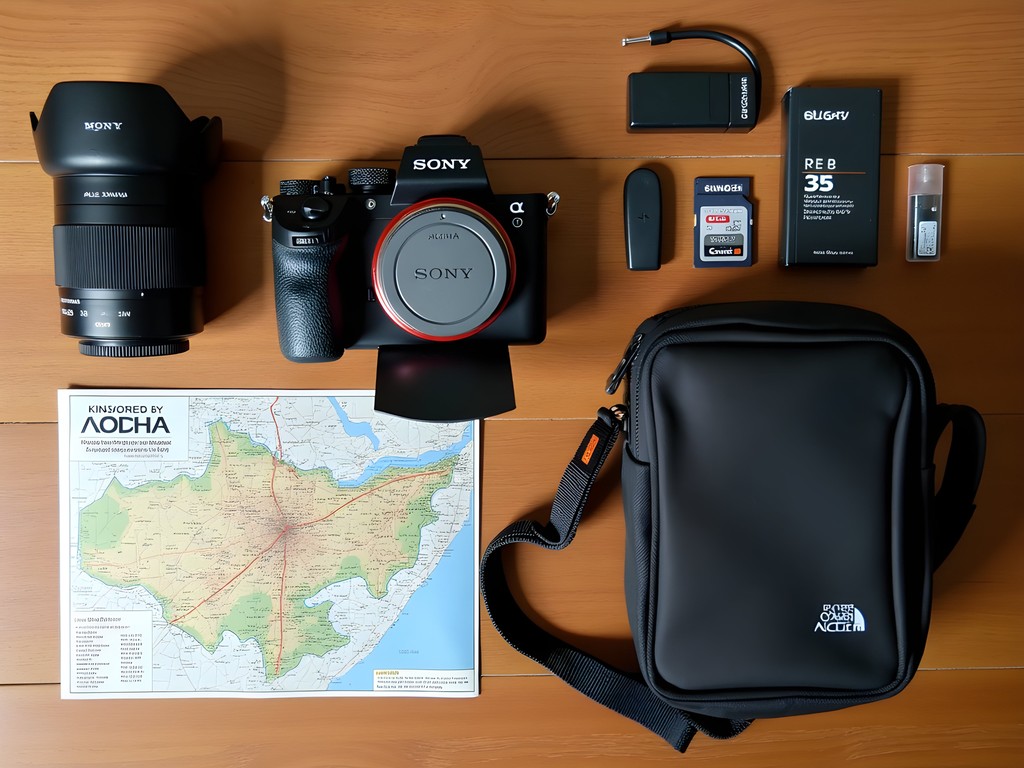
💡 Pro Tips
- Keep gear minimal and weather-sealed
- Bring 3x the memory cards and batteries you think you'll need
- Dress modestly in neutral colors to blend in
- Consider a camera insurance policy specifically covering international travel
Navigating Kinshasa Safely
My background as a private investigator has taught me that security isn't about paranoia—it's about preparation and awareness. This mindset is invaluable in Kinshasa, a city that demands respect and caution in equal measure.
First, let me be clear: Kinshasa can be navigated safely, but it requires a different approach than many other capitals. I always hire a local fixer—someone who knows the neighborhoods, speaks the languages, and can negotiate the subtle cultural nuances that might escape even the most seasoned traveler. The $50-80 daily investment is non-negotiable for serious photographers, especially when venturing beyond tourist zones.
Transportation requires strategic thinking. While taxis are plentiful, I recommend arranging a trusted driver through your hotel for photography excursions. This provides flexibility to chase the light and ensures you're not stranded in unfamiliar areas as evening approaches. For longer stays, consider hiring a driver for your entire visit—the rates are reasonable, typically $70-100 per day including fuel.
Timing is everything in street photography, but in Kinshasa, it's also a security consideration. I've found the golden hours of early morning (5:30-8:00 AM) offer not only beautiful light but fewer crowds and a more relaxed atmosphere. Mid-afternoon sessions are possible but require more vigilance due to increased activity.
For gear security, I use a anti-theft camera strap with steel reinforcement—subtle enough not to draw attention but offering peace of mind in crowded areas. I also keep a dummy wallet with expired cards and minimal cash for situations where a quick diversion might be needed.
Most importantly, develop situational awareness. Notice patterns, identify potential issues before they materialize, and always have an exit strategy. This doesn't mean being constantly on edge—rather, it allows you to relax into your creative process, knowing you've accounted for the variables.

💡 Pro Tips
- Hire a local fixer who understands photography needs
- Shoot during early morning hours for both light quality and safety
- Always inform someone of your photography locations and expected return time
- Keep a business card from your hotel in your pocket at all times
Prime Photography Locations
Kinshasa offers an extraordinary range of photographic opportunities, from architectural contrasts to vibrant street life. After two weeks of methodical exploration, I've identified several locations that consistently yield compelling images.
Marché Central stands as my top recommendation for immersive street photography. This massive market creates a sensory overload that translates beautifully to images, particularly between 7-9 AM when vendors are setting up. The fabric section offers a kaleidoscope of patterns and colors that make even amateur compositions sing. I approach with respect, often purchasing small items and building rapport before bringing out my camera. A 50mm lens works perfectly here, allowing you to capture both environmental context and intimate portraits without intruding.
Boulevard du 30 Juin, Kinshasa's main artery, presents a fascinating study in contrasts. The wide avenue showcases the city's colonial past alongside its striving modernity. Early Sunday mornings offer the rare opportunity to photograph this normally congested thoroughfare in relative calm. The architecture tells a visual story of the city's complex history—I recommend a 24-70mm zoom here to capture both architectural details and the human element.
The Congo River shoreline near Kinkole provides breathtaking scenes, especially at sunset when fishermen return with their catches. The interplay of fading light on water creates natural drama, while the silhouettes of boats and fishermen offer perfect compositional elements. This location requires more planning—arrive by 4 PM to establish yourself and capture the changing light. My versatile tripod has been essential here for long exposures as daylight fades.
Académie des Beaux-Arts showcases Kinshasa's thriving arts scene. The campus itself is photogenic, but the real treasure is the opportunity to photograph artists at work. I've found Thursday afternoons particularly active. Approach with genuine interest in their work, and most artists are delighted to be photographed in their creative process.
Matonge district after sundown pulses with Kinshasa's legendary music scene. This requires extra security awareness, but the vibrant nightlife produces images worth the effort. I use a fast prime lens here (f/1.4 or wider) to work with available light rather than disruptive flash.
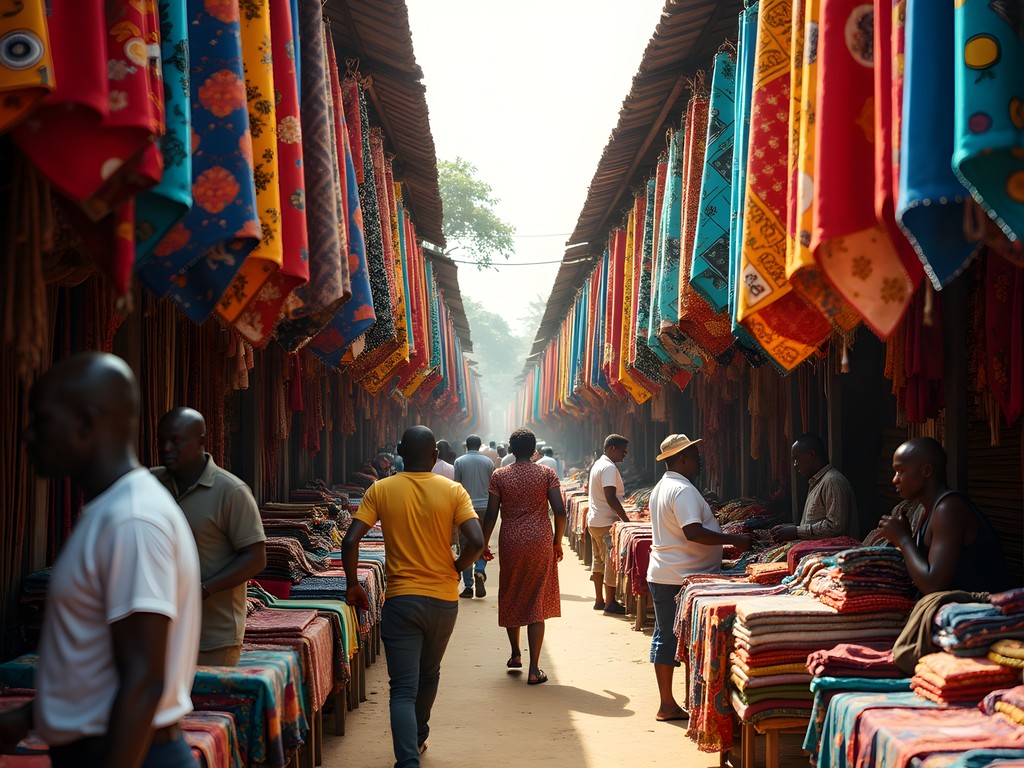
💡 Pro Tips
- Visit markets early when vendors are setting up but before peak crowds
- Carry small denominations for purchasing items from vendors whose photos you'd like to take
- Use a lens hood not just for flare but to protect your lens in crowded areas
- Research cultural sensitivities about photography before visiting religious or government sites
Cultural Sensitivity and Ethical Photography
My investigative background has taught me that understanding context is everything—a principle that applies doubly to photography in Kinshasa. The camera is never neutral; it's an instrument of power that requires ethical handling, especially in a city with a complex relationship to foreign observation.
Kinshasa's residents have experienced decades of being photographed through a narrow lens of conflict and poverty. As visiting photographers, we have a responsibility to approach with awareness of this context. I've found that taking time to explain my project and showing genuine interest in people's stories completely transforms the photographic relationship.
Permission is non-negotiable for portraits. I've developed a system of carrying small prints from previous travels to show potential subjects my work—this builds trust and demonstrates respect for the collaborative nature of portraiture. My portable printer allows me to provide immediate prints to subjects, creating a fair exchange rather than a one-sided transaction.
Language barriers exist but are surmountable. Basic French phrases go a long way, and I've found that learning just a few words in Lingala signals respect that opens doors. A simple 'Nazo pesa bino foto?' (May I take your photo?) often receives warm responses, even if the rest of our conversation happens through gestures.
Compensation is a nuanced issue. In tourist areas, expect requests for payment for photographs. Rather than viewing this as transactional, I see it as acknowledgment that subjects are active participants in creating value. In less touristed areas, offering small gifts or prints often feels more appropriate than money. Use your judgment and always prioritize dignity over getting the shot.
Finally, be thoughtful about representation. Ask yourself: What story am I telling? Does this image perpetuate stereotypes or challenge them? Would I be comfortable showing this image to the subject? These questions have guided my work not just in Kinshasa but globally, ensuring my photography remains both artistically compelling and ethically sound.
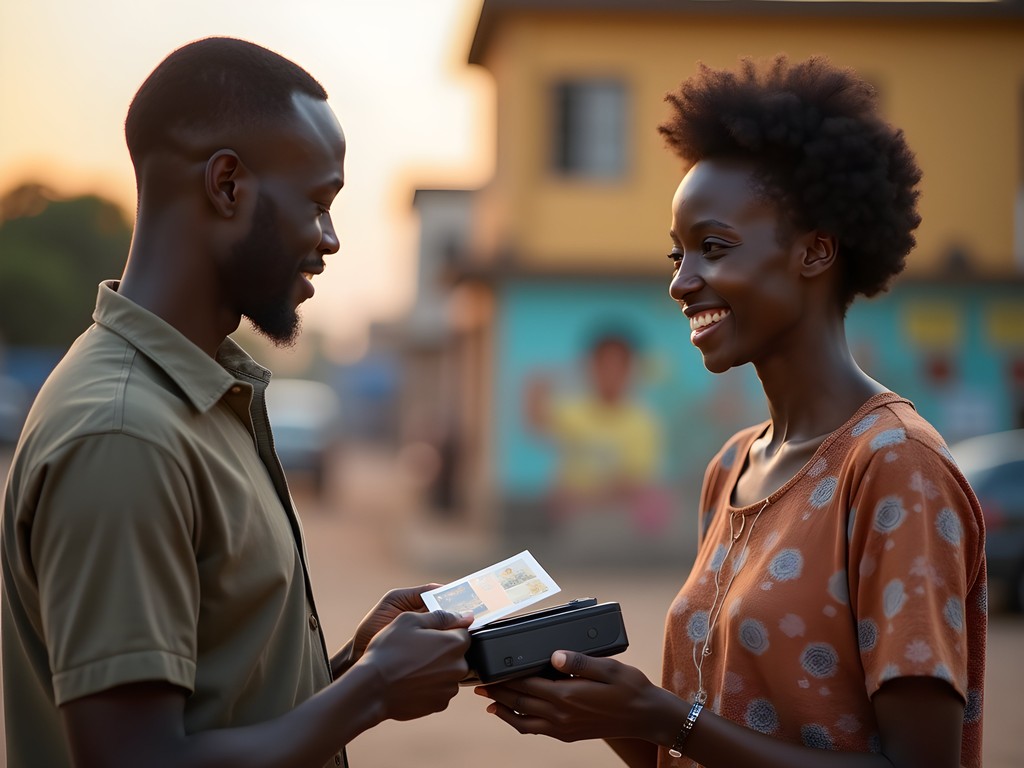
💡 Pro Tips
- Learn basic photography-related phrases in French and Lingala
- Carry a small notebook for subjects to write their email address if they'd like to receive their digital photos
- Consider working with a local photography student who can help navigate cultural nuances
- Show subjects their images on your camera screen and delete any they're uncomfortable with
Post-Processing for Kinshasa's Unique Light
Kinshasa presents unique challenges and opportunities in post-processing. The city's equatorial position creates distinctive lighting conditions that require thoughtful editing to accurately represent what your eye witnessed.
The first challenge you'll encounter is Kinshasa's contrast range. Bright equatorial sun creates harsh shadows alongside brilliant highlights—a dynamic range that even the best sensors struggle to capture. I shoot in RAW exclusively here, giving myself maximum latitude in post-processing. When editing, I often use graduated adjustments to balance the intense sky against shadowed streets.
Kinshasa's atmospheric conditions create another consideration. The city often has a fine dust hanging in the air, especially during the dry season. This creates a natural haze that can appear as unwanted flatness in digital images. Rather than removing this atmospheric quality entirely, I selectively enhance contrast and clarity to maintain the authentic feeling while ensuring images retain impact.
Color presents perhaps the most interesting challenge. Kinshasa's vibrant street life features bold color combinations that can appear oversaturated in digital captures. I've developed a custom preset that slightly desaturates yellows and reds while maintaining the richness of blues and greens, creating a more balanced representation of the city's true palette.
For street portraits, I've found that subtle clarity adjustments around the eyes help subjects stand out against busy backgrounds without creating an over-processed look. The editing software I use allows precise masking that preserves the documentary nature of the images while drawing viewers to the human connection.
When processing nighttime images of Kinshasa's music venues and street life, I embrace higher ISO grain rather than over-smoothing, maintaining the gritty authenticity that makes these moments compelling. The noise becomes part of the story rather than a technical flaw to eliminate.
Finally, I maintain separate catalogs for client work and personal projects, allowing me to experiment more boldly with my personal Kinshasa portfolio while maintaining straightforward processing for commercial applications.
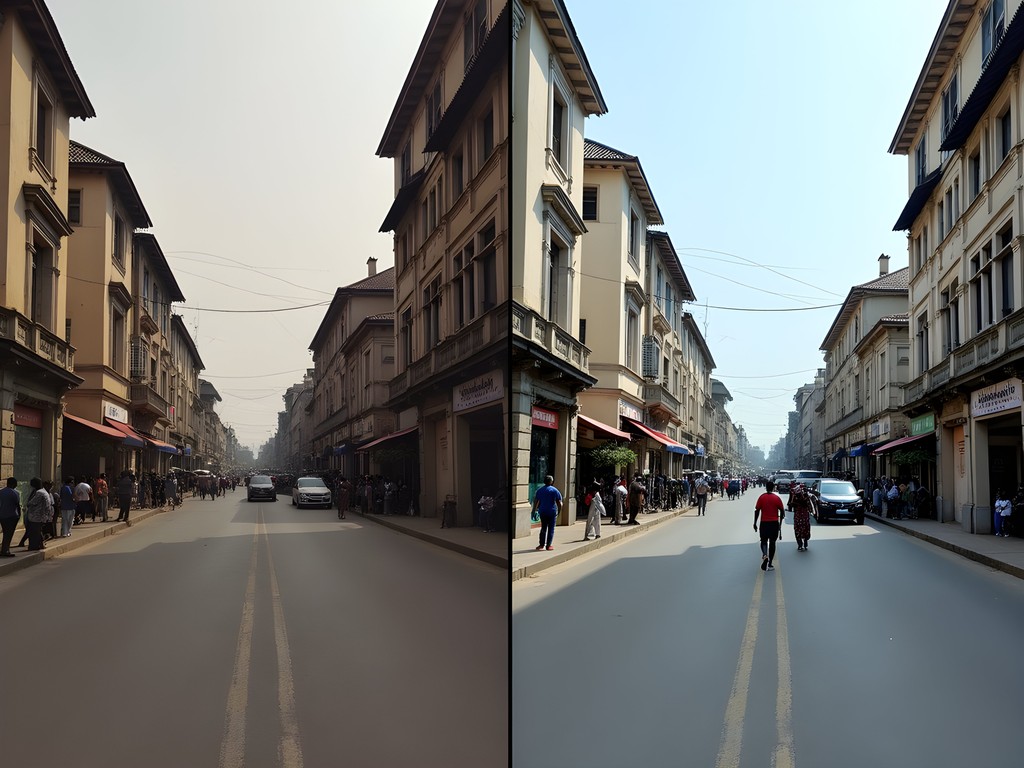
💡 Pro Tips
- Create a custom preset for Kinshasa's unique lighting conditions
- Use graduated filters to balance bright skies against shadowed streets
- Embrace grain in night photography rather than over-smoothing
- Batch process similar scenes to maintain consistency across your portfolio
Final Thoughts
Photographing Kinshasa demands more than technical skill—it requires cultural sensitivity, strategic planning, and a willingness to look beyond preconceptions. The images I've captured here stand among my most meaningful work, not just for their visual impact but for the connections formed in their creation. If you approach Kinshasa with respect, preparation, and an investigative eye, you'll return with a portfolio that tells stories few Western photographers have authentically captured. The challenges are real, but they're precisely what make the results so rewarding. As you plan your own photographic journey to this misunderstood metropolis, remember that your best tool isn't your camera but your ability to connect, observe, and adapt. Kinshasa doesn't reveal itself to tourists—it reveals itself to those patient enough to become temporary locals.
✨ Key Takeaways
- Hire local fixers and build relationships before attempting serious photography
- Focus on early morning and golden hour shooting for optimal light and safety
- Balance security awareness with openness to spontaneous photographic moments
- Approach portrait photography as collaboration rather than extraction
📋 Practical Information
Best Time to Visit
June-September (dry season)
Budget Estimate
$100-150/day including fixer, transportation, and mid-range accommodation
Recommended Duration
Minimum 10 days, ideally 2 weeks
Difficulty Level
Challenging



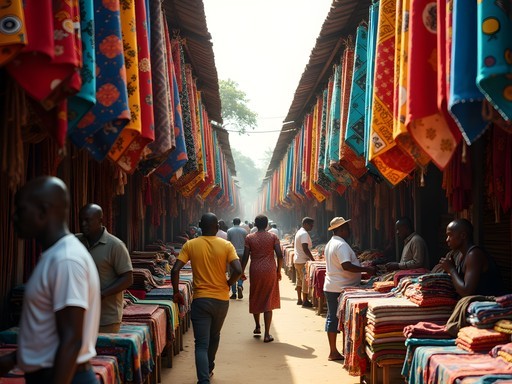

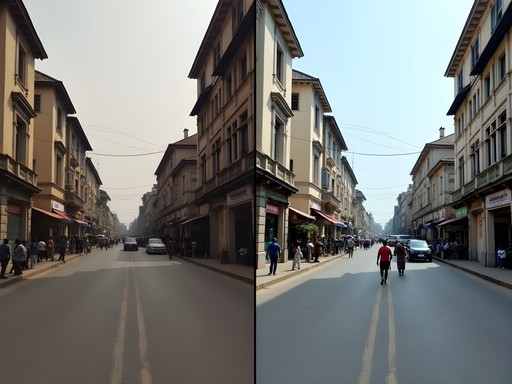



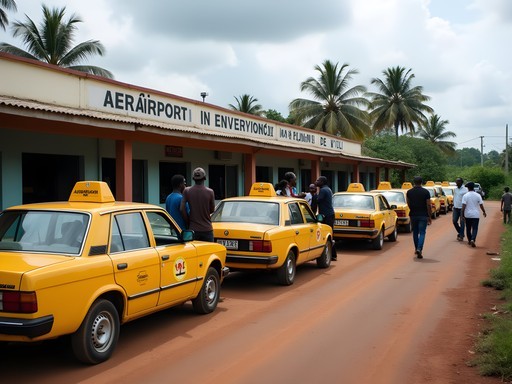


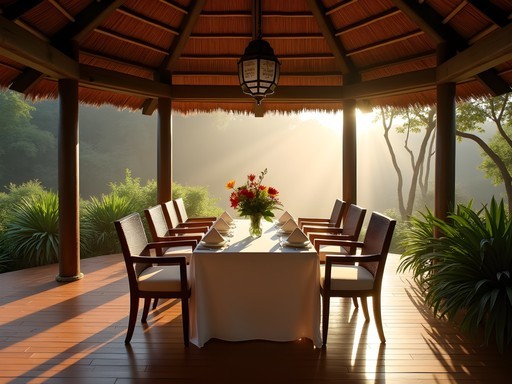
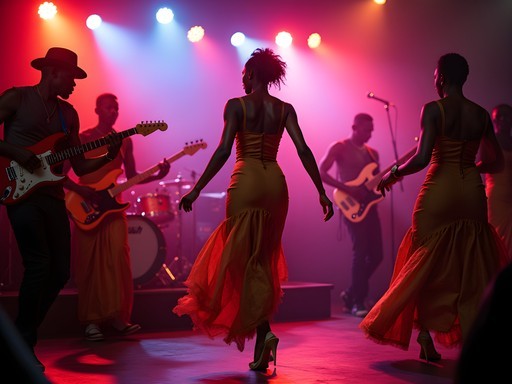


Comments
happydiver
Just got back from Kinshasa. Your advice on early morning shoots at the river was perfect - amazing light and way less attention from officials.
Savannah Torres
This guide is gold! I took my family to Kinshasa last year (yes, with kids!) and while we weren't focused on photography, your insights about cultural sensitivity ring true for all visitors. We found the Marché Central to be overwhelming but incredible for people-watching and everyday life shots. One thing I'd emphasize is the importance of having a good fixer/guide - ours helped navigate permissions for photos and explained local customs that weren't obvious to us. The section about photographing near government buildings is crucial advice - my husband nearly had his camera confiscated near the Palais de la Nation because we didn't realize the restrictions. For families considering this destination, Kinshasa is challenging but rewarding if you prepare properly and respect local norms.
springone
OMG your shots of the sapeurs are INCREDIBLE!!! Those dandies with their colorful suits against the dusty streets - such contrast! Definitely adding Kinshasa to my photography bucket list now! 📸✨
escapepro
Great post! I've been wanting to expand my photography beyond the usual tourist spots. How did you handle approaching people for portraits? Did you pay them or just ask permission?
Douglas Murray
Thanks for asking! I always establish rapport first - a smile, basic Lingala greeting, or just showing genuine interest in what they're doing. I ask permission through gestures if there's a language barrier. Sometimes I'll show them images on my camera. As for payment, it depends on the situation - I might buy something from a vendor or offer a small amount if someone poses extensively. But the most authentic shots often come after the 'transaction' when people relax.
Claire Hawkins
What a fantastic guide, Douglas! Your section on Marché Central brought back vivid memories. We visited Kinshasa as part of our family sabbatical year (yes, with kids!) and the market was sensory overload in the best possible way. One tip I'd add for photographers with families: the area around Académie des Beaux-Arts on Saturdays is perfect for capturing local artists at work while being relatively manageable with children. The students were incredibly welcoming and created some of our most meaningful interactions. We also found our travel insurance essential for peace of mind, especially with expensive camera equipment. Worth every penny for anyone considering this adventure!
blueway
Is it really safe for solo travelers? Heard mixed things.
springperson
Went solo last year. It's manageable but you need to be street smart. Definitely arrange trusted drivers in advance and don't wander aimlessly. The local fixers Douglas mentions are worth every penny.
Frank Garcia
Douglas, this is exactly the kind of resource I wish I'd had before my trip to Kinshasa last year. The section on cultural sensitivity is spot-on - I learned the hard way that photographing government buildings is a quick way to get unwanted attention from officials. For anyone planning a visit, I'd add that La Cité district offered some of my most compelling street shots, but definitely go with a local guide. The contrast between the colonial architecture and modern city life creates fascinating visual narratives.
wildchamp
Did you have any issues with your camera gear there? Wondering what's the best setup to bring without drawing too much attention.
Frank Garcia
I kept it minimal - one mirrorless body with a 35mm prime lens. Less intimidating than a DSLR with a massive zoom, and easier to keep secure. A small messenger bag rather than an obvious camera bag helped too.
happydiver
Finally a guide on Kinshasa! Refreshing to see coverage beyond the usual tourist spots.
hikingqueen
What about language barriers? Did you get by with just English or need French/Lingala?
Douglas Murray
French is definitely helpful - I got by with basic French phrases and a translation app. Learning a few Lingala greetings goes a long way with locals too!
journeyzone
Never considered Kinshasa as a photo destination before. Eye-opening post!
Venture X
Premium card with 2X miles, $300 travel credit, Priority Pass